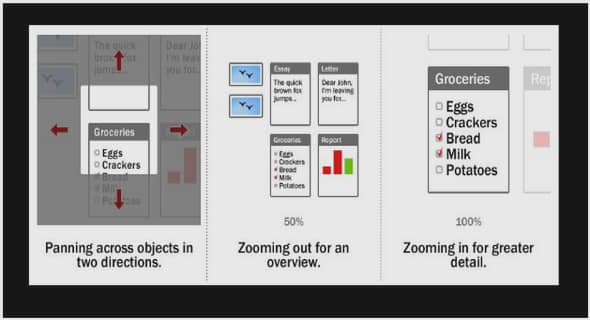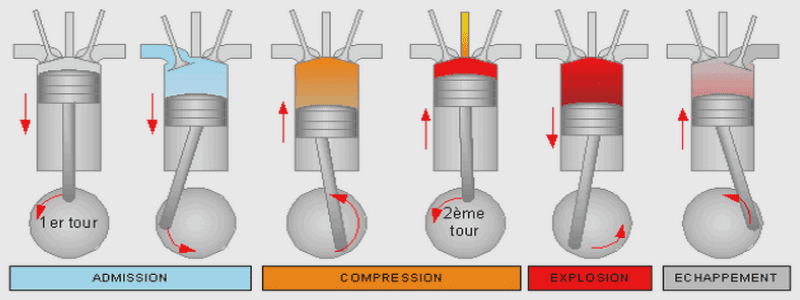In the context of overall flight computer structure environments, three major types of faulttolerant systems can be designed depending on the type of occurred faults. When faults occur in the hardware or software of the flight computer, then a Fault-Tolerant Computing system will be required to handle this kind of faults. When faults occur in actuators, sensors or structure of the aircraft, then a Fault-Tolerant Control system will be required to handle this kind of faults. Finally, if the faults affect the communication links, a Fault-Tolerant Communication system will be required. This thesis elaborates the Fault-Tolerant Control (FTC) systems and especially in the case of actuators’ faults.
Objective of a Fault-Tolerant Control system
A simple conventional feedback control can be very limited, and brings the system to undesired behaviors or even to instability in the presence of an actuator failure. Therefore, the FTC systems have the ability to automatically accommodate the fault to preserve aircraft stability and maintain desired performance in the presence of such faults. The main task of a FTC system is to reconfigure control laws to ensure stability and maintain the desired performance of the system, not only in the normal situation but also when some actuators become failed. FTC systems are classified into two main classes: Passive Fault-Tolerant Control (PFTC) systems and Active Fault-Tolerant Control (AFTC) systems.
Passive and Active Fault-Tolerant Control system
PFTC systems are usually closely related to robust control without requiring any information on faults’ parameters nor controller reconfiguration or adaptation. They have the drawbacks that they are reliable only for a closed class of faults and they degrade system performance even when no faults occur. However, AFTC systems react against component failures using online reconfiguration so that aircraft stability can be preserved and the desired aircraft performance can be maintained. AFTC systems depend on online explicit knowledge of faults’ parameters generated from the so-called FDD process. The FDD process operates as a health supervision module of the system and decides to reconfigure the flight controller when faults occur. In some practical applications, PFTC systems are considered as a complement of AFTC systems. Indeed, PFTC systems are required during execution of the fault detection and diagnosis functions (Zhang, Parisini et Polycarpou, 2004), where they are solicited to preserve the stability of the faulty system until AFTC systems are adapted to the new faulty scenario. A main critical criterion in AFTC systems is the FDD process speed constraint which can be defined by the time required to detect and diagnose a fault. Furthermore, the accuracy of the identified fault information and the robustness of the FDD process to external disturbances are considered important issues.
INTRODUCTION |


